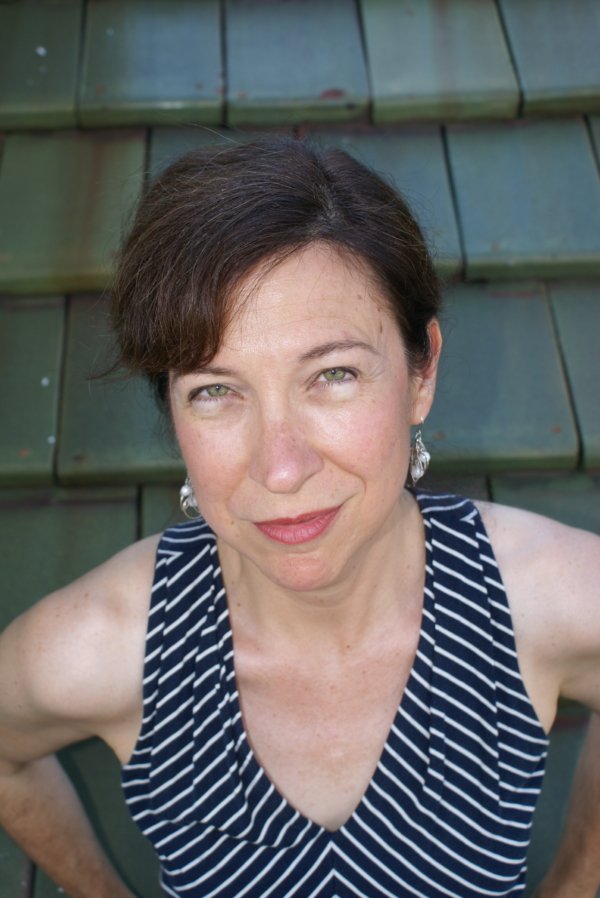
Though my first thoughts when approached with [the Very Angry Baby] assignment were “kitten” and “cancer,” in that order, it’s the mother’s voice that came through the strongest, after I’d written the initial boy-and-kitten caper that opens the story. Every chance we get, my husband and I joke “It’s always the mother’s fault” (I actually blame Freud), but it’s only because she matters so much. As soon as I heard her voice, I knew that the story’s big heart belonged to her. I admire how she handles her family—lightly, with humorous detachment and pragmatic good will. She observes and appreciates each family member as separate from herself, and yet she recognizes that she largely bears responsibility for steering the ship of family calmly through life. My mother died of cancer when I was eight, and though I don’t hear her voice in this story, I do recognize the calm and patience.
Who am I in the story? The kitten, probably: driven by curiosity and impulse, unable to express my desires, I could only act—as when teaching myself to play the piano I labeled the center octave on our antique upright in indelible red magic marker. Calmly my mother asked me why I’d done so. After I explained my logic (still holds up, pedagogically speaking, in my professional opinion), she noted that if I’d told her about my goals we might have found another way. I never made much progress with piano, but I did have a very fine model of patience and understanding in my mother. Like the mother in “Functional Aesthetics,” she was a genius at day-to-day living, something to aspire to.
